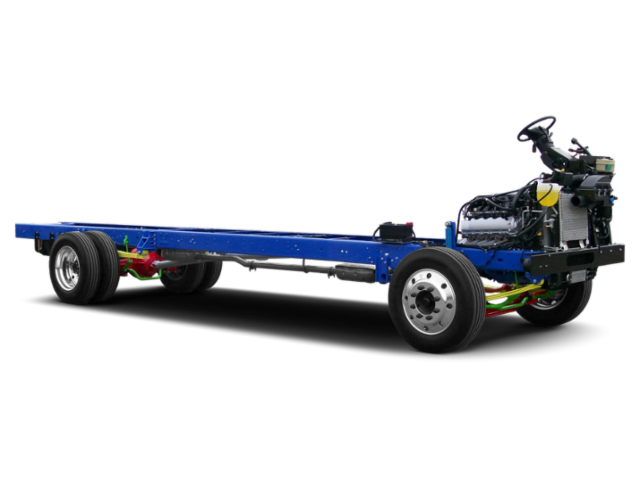Services Performed
- Confirmed the customer's complaint and found drive belt had broken off. Also engine coolant leaked from the vehicle. Inspected the engine coolant level and condition and found the engine coolant level was low. Filled the engine coolant to the proper operating level and continued diagnosing the vehicle. Connected an engine coolant pressure tester to the radiator and applied pressure to the engine cooling system. Inspected the engine cooling system and found engine coolant leaked from the engine water pump. Also check water pump and found that the pulley has seized. Will need to have water pump and drive belt replaced.
- DRAIN COOLING SYSTEM. REMOVE ALL NECESSARY COMPONENTS. REMOVE AND REPLACE WATER PUMP, WATER PUMP GASKET, AND DRIVE BELT. ASSEMBLE TOGETHER AND MAKE ALL NECESSARY ADJUSTMENTS. ADD ANTI-FREEZE COOLANT AND TEST ALL AFFECTED AREAS.
DOUGLAS O A. gave our service a 5 star review on 11/3/2023









